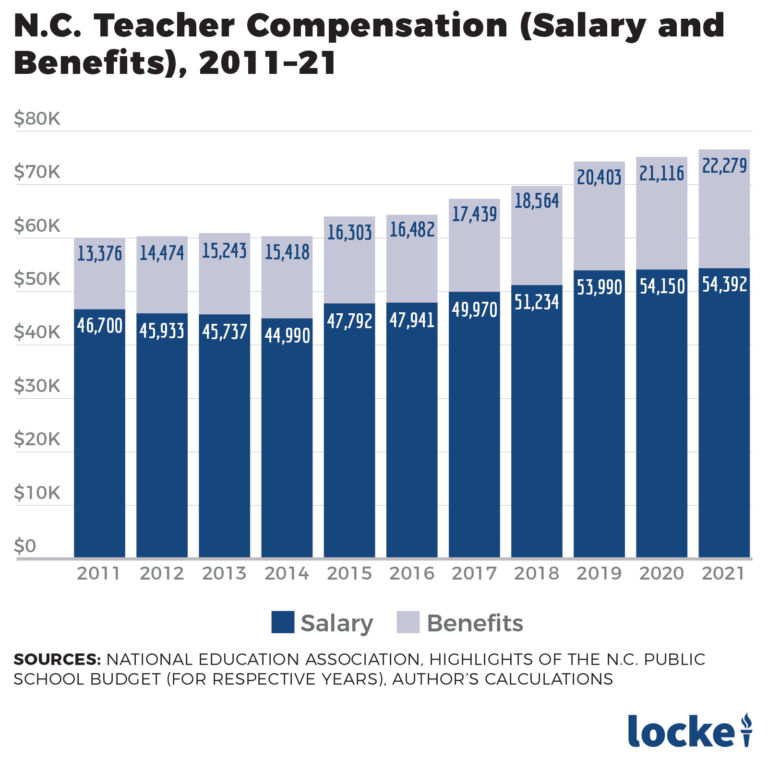To measure the teacher pay gap, EPI researchers compare teacher salaries with the salaries of people who have the same number of years of education and the same demographic characteristics. This model assumes that education is interchangeable—that a bachelor’s degree in education has the same market value as a bachelor’s in engineering, and a master’s in education is worth the same as a master’s in business administration.
In the real world, employees are paid not only for the number of years they sat in a classroom, but according to the supply of and demand for the skills they developed there—skills that obviously vary across occupations. Nursing, for example, demands both technical knowledge and enormous attention to detail, as even a momentary lapse can endanger a patient’s life. You can’t reasonably conclude that nurses are “overpaid” simply because they earn more than typical college graduates. And it’s just as illogical to assume that teachers are underpaid because they earn less—yet dozens of state and national media sources repeat the EPI figures as fact.
The authors conclude, “If any salary gap does exist, it is likely made up through teacher pensions, which are far more generous than private sector 401(k)s. The grass isn’t always greener outside the classroom.”


